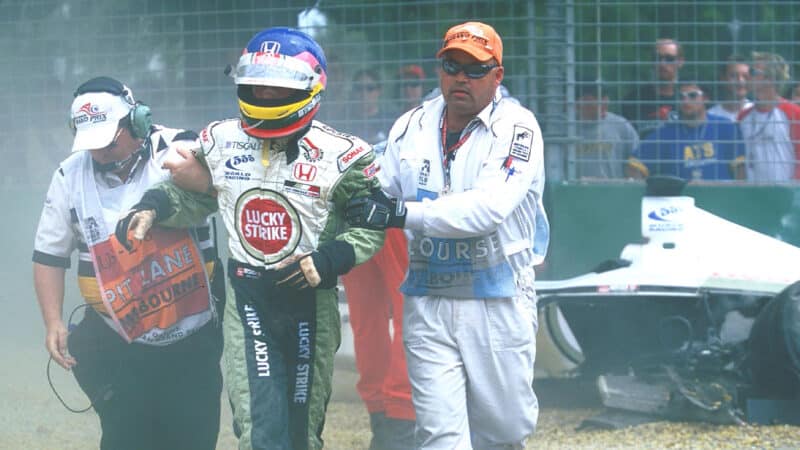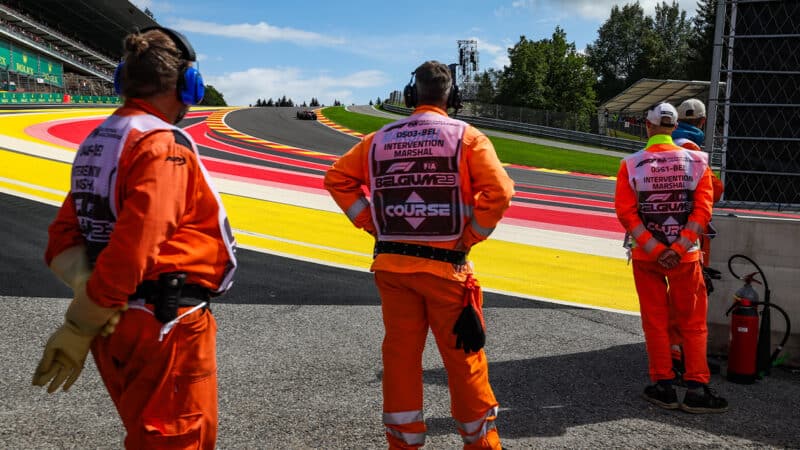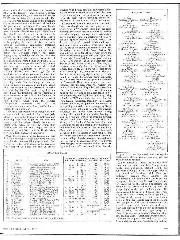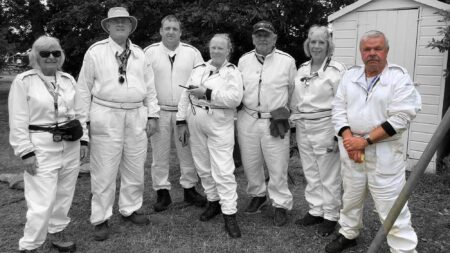I did not meet him – when he died I was just 14 – but those who knew him say that he was a truly lovely man, gentle and self-effacing, his North Wales accent soft and lilting. In the fall-out from the tragedy of Kyalami, a few grief-stricken British journalists could not resist scolding Jansen van Vuuren in print, and in a sense you could not blame them. A marshal’s rash error had killed an innocent, popular and gifted driver, after all. On the other hand the result of his mistake – his own death – was a terrible punishment. And, lest we forget, he was only 19, proud and delighted to be working at a grand prix for the very first time.
During the years in which I have been working in F1, three marshals have lost their lives while on grand prix duty. At Monza in September 2000, 33-year-old Paolo Gislimberti was killed by a wheel that flew off Heinz-Harald Frentzen’s Jordan, which had become entangled in a lap-one shunt at the second chicane. At the time of Gislimberti’s death his wife Elena had been expecting their child. Lisa was duly born in December 2000, three months after her father’s passing. Now 23, she follows Charles Leclerc, Lando Norris and Alex Albon on Instagram, which I find poignant in the extreme; but it also shows us that, although all lives end, life itself always goes on.

Jacques Villeneuve walks away from his 2001 Australian Grand Prix crash. Marshal Graham Beveridge did not.
Robert Cianflone/Allsport via Getty
Heartbreakingly soon after that calamity, at Albert Park in March 2001, 52-year-old marshal Graham Beveridge was also struck by a flying wheel, this time one that had detached itself from Jacques Villeneuve’s BAR, which had collided with Ralf Schumacher’s Williams on the approach to Turn 3. The race was won by the elder Schumacher, Michael, who confirmed that Beveridge had died during the post-race press conference. After the deaths of Beveridge and Gislimberti, the FIA decreed that F1 cars’ wheel tethers be strengthened, which regulatory modification was enacted for the following season.







